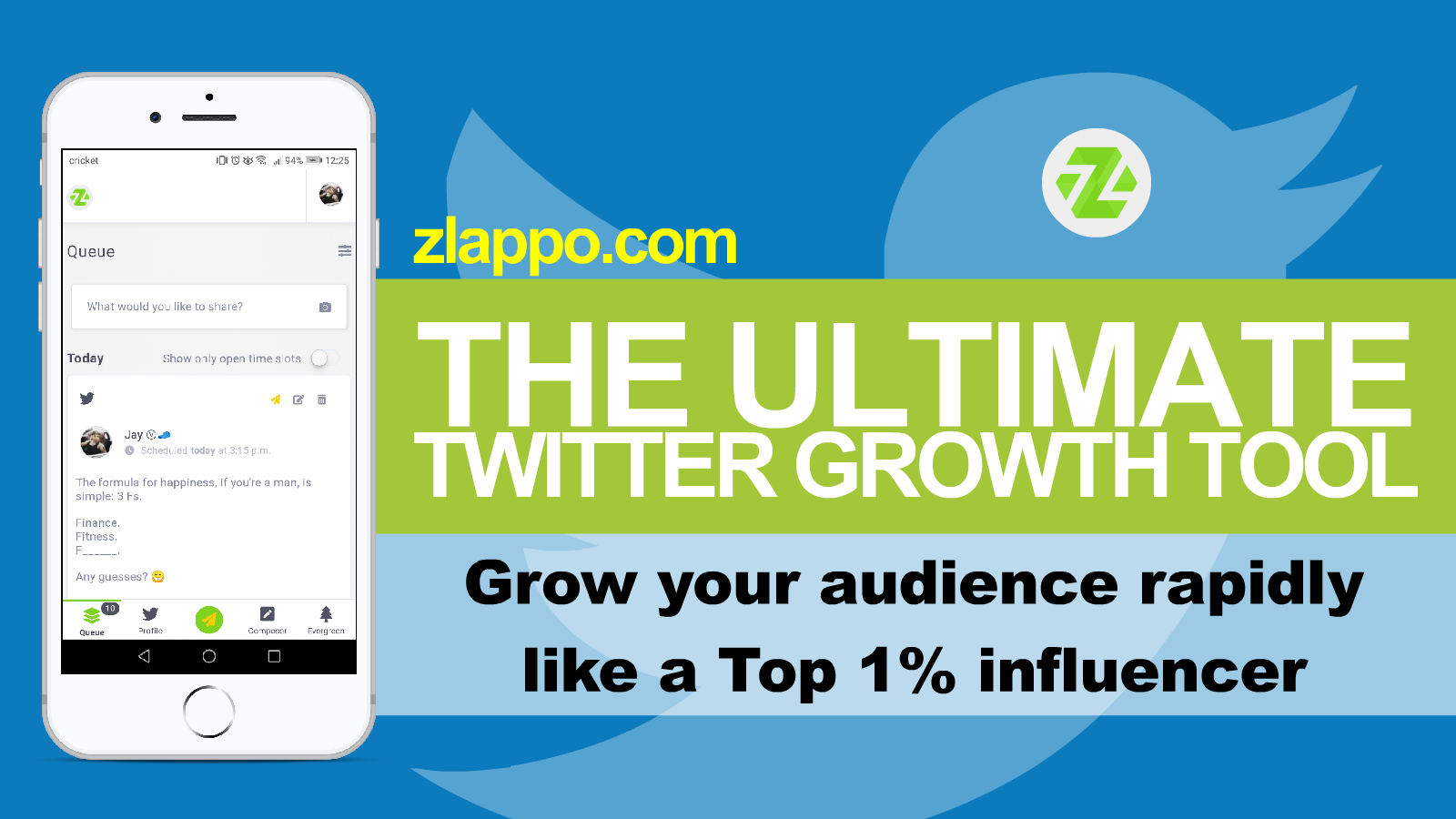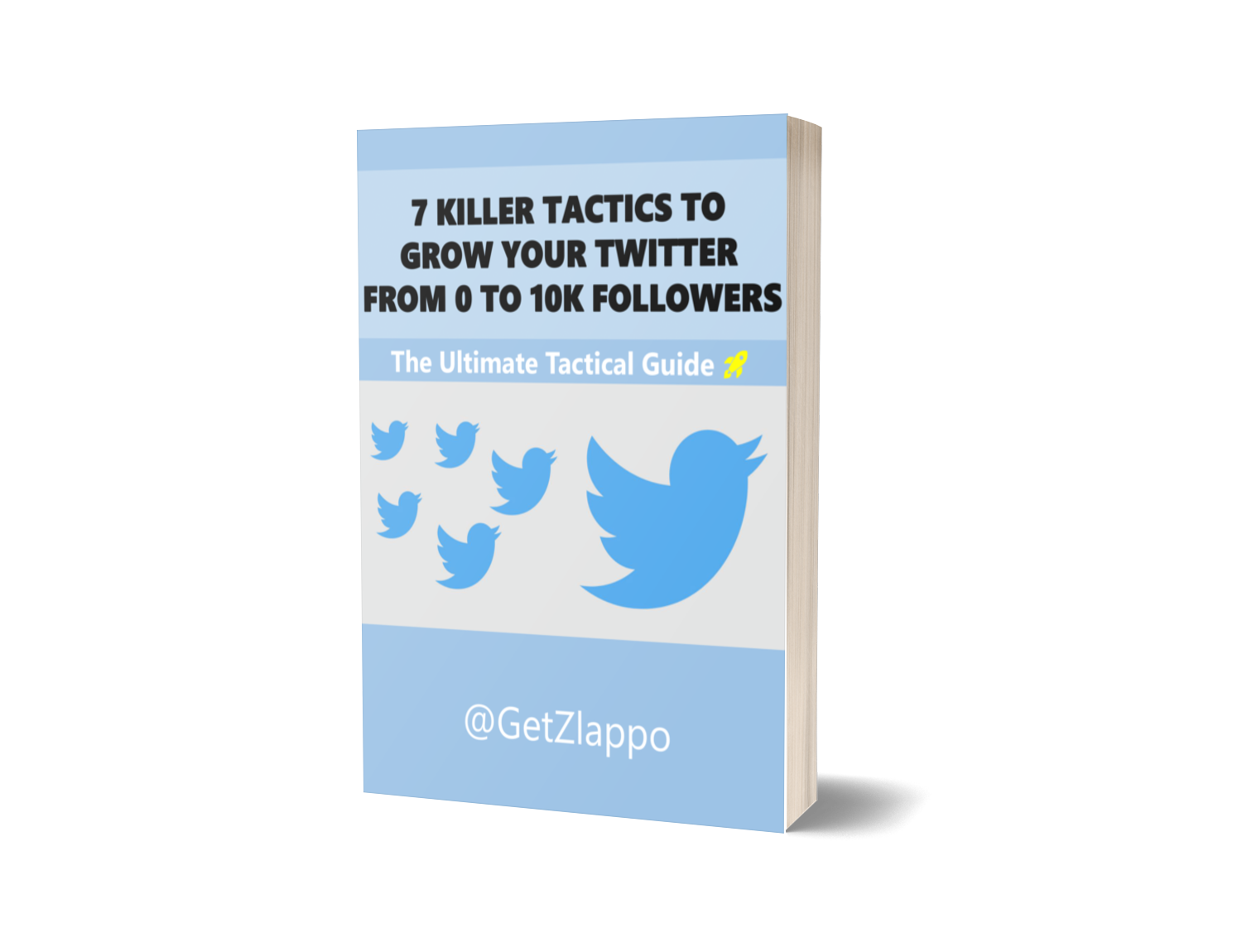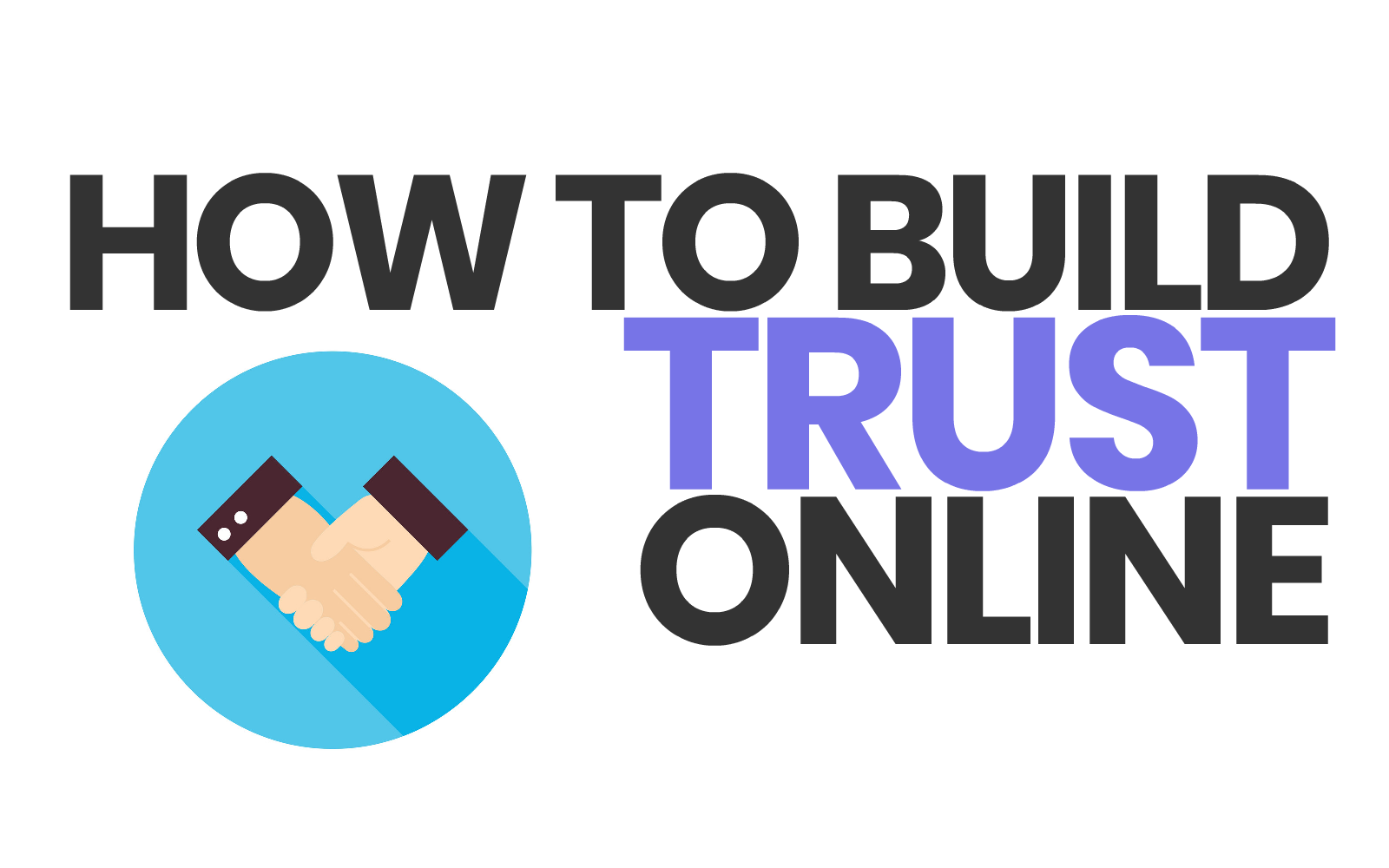
4 Trust-Building Tactics to Win Customers for Life
9 min read jay@zlappo.com Back to Blog
Today Netflix ($NFLX) announced that it will start canceling accounts that have been inactive for 12 months or more.
At first it sounds stupid and suicidal, why would a company willingly give up free money?
In fact, most other subscription businesses (especially gyms, but others like SaaS companies too) would love to keep and even have more of these inactive subscribers onboard, because they don't increase maintenance, infrastructural, and customer support costs, yet they pay into the money pot like everyone else -- it's pure profit.
Indeed their stockholders thought it was a stupid move, with the stock dipping 4.08% at one point during the day:
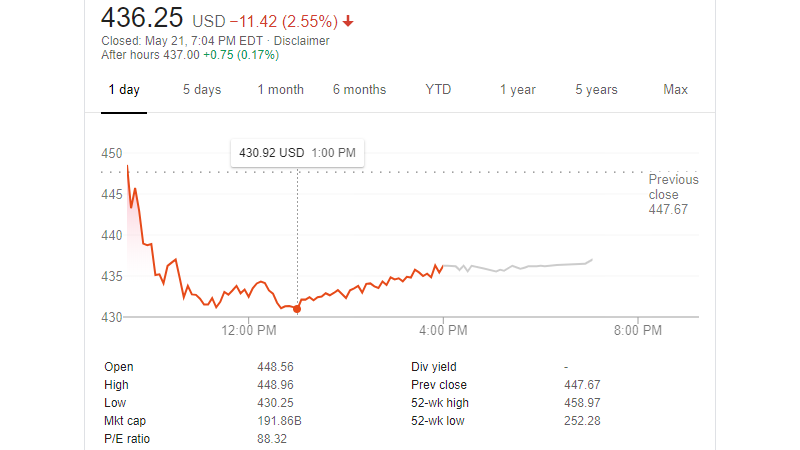
Unlike these panic-sellers, I'd argue that it's a brilliant "4D chess" move on Netflix's part, because:
- This gains them valuable PR and publicity they wouldn't otherwise get.
- It builds trust and loyalty among their existing user base.
- It converts more new customers to sign up, knowing that, if they forgot to cancel, Netflix will do it for them.
- It forces the hands of their streaming competitors, e.g. Hulu, Disney, etc., to do the same.
- The number of customers who have been inactive for 12 months or more is tiny, relatively.
- Inactive customers also file the most chargebacks, which are costly to fight and cut into their margins.
Not many people can see the wisdom of giving up short-term revenue to win long-term customers.
Sadly, this includes many in Twitter money fam (the affiliate-marketing, ebook-selling corner of Twitter).
It bears endless repeating that people only do business with those they like and trust:
Selling on Twitter is very much like selling in real life: people only do business with people they know, like, and TRUST, and, in 2020 -- more so than ever -- it's all about relationship marketing.
So how do you not just make a sale, but win a customer for life?
1. Offer refunds generously (i.e. before a customer even asks for it)
This is probably my favorite trust-building tactic that I personally employ myself and have seen great results from it.
At Zlappo, our policy is to offer refunds before the customer even asks for it, if there's even a hint that the customer is dissatisfied with our product.
This goes one step beyond the standard 30-day money-back guarantee that we also have in place.
Yes, we'll lose money short-term, but, over the long term, not holding the money of unhappy customers hostage will pay dividends in ways you can't imagine (like those customers coming back to you because you've gained their respect, trust, and confidence in a way no other business has or will).
Most importantly, businesses have to think about the big picture: unhappy customers will file chargebacks, and that will definitely dent your standing with your payment processor, leading them to deem you a "high-risk business" and forcing them to suspend your account.
The best way to think of refunds is to consider them marketing investments -- offering them generously may or may not win you positive word-of-mouth marketing, but fighting a customer who's unhappy will definitely earn you negative word-of-mouth marketing.
Not. Worth. It.
2. Don't give out discounts like hot cakes
Okay, this might be an unpopular view, but, if you have to rely on short-term stunts like constant discounts, flash sales based on false urgency/scarcity, etc., just to make sales (let alone grow your business), it might signify that you have a business model problem.
Either you're priced too high, your product/service isn't valuable enough, your marketing channels aren't built-up enough to generate a consistent lead flow, your competitive positioning is wrong, your product just isn't worth the price tag, or you simply have some other underlying defect in your business model.
There are several problems with relying on the discount model for your bread-and-butter sustenance:
- It erodes trust, as your customers who paid full price would feel betrayed and like idiots.
- It positions your product brand as cheap, low-end, and low-quality when it's so regularly put on sale.
- Hell, it positions your personal brand as salesy/sleazy instead of authoritative, insightful, and genuinely interesting.
- It attracts price-conscious bargain hunters who will complain excessively, ask for refunds on a dime, call your product a scam publicly, etc., and basically eat up your customer support resources without generating meaningful word-of-mouth marketing or other commensurate benefits like brand loyalty.
💡 People like to buy. People don't like to be sold.
99% of the time, if you're doing things right, the sale will come and find you; you need not go out to look for it.
Don't you want to focus your active labor on high-level strategic moves that grows your business, instead of just keeping your head above water trying to hand-close each sale?
The smartest entrepreneurs I know don't work in their businesses, but on their businesses. Huge difference.
Your time is a very-valuable finite resource that's supposed to help you build sweat equity into the business, not wear you out with sales work that's ideally outsourced to professionals.
You're supposed to convert your labor into an asset, and running sales ain't it, chief.
How much money will you make from your business if you never worked on it for a week? A month?
If your revenue will decline, you have a business model problem, and you don't even know it yet.
(I'll probably write a whole article on that soon.)
3. Offer a free trial/sneak peek of your product
Someone recently consulted me about how his ebook isn't making any sales yet (let's call him John), and he asked if I could take a look at his landing page to see where he's going wrong.
Honestly even before seeing his landing page, I could immediately guess he doesn't have enough volume, and he hasn't provided enough free value yet to earn sales from his paid value.
And John was also making a big ask, a three-figure price tag for a 100-page PDF.
Sales pro tip: always put yourself in your buyer's shoes.
What do you have to give someone to convince them to part with $150 for a 100-page PDF?
Honestly, for me, it better cure cancer for that big of an ask, because, like other rational potential customers, I'll immediately compare it to the $15 paperback written by a world-class best-selling author on the same subject that I can get on Amazon.
Price anchoring is a reality of buyers making purchase decisions, whether we sellers like it or not.
"But what if my product is really that valuable!!!"
All right, calm down, chief.
If it really is worth the money you're charging, there's no reason why you can't show customers a sneak preview of what they'll be getting, just so they won't feel like a moron if the product doesn't live up to its price.
Your potential buyers are hesitating, because the uncertainty is too great and people are afraid of the unknown, so you need to assuage that fear.
Enter the sneak preview as a competitive marketing advantage
Everyone (and their mom) is selling ebooks, but how many of them are confident enough to provide sample chapters just so that potential buyers can get a ballpark feel of what the book will be like and gauge/extrapolate the quality of rest of the book based on that chapter?
What are you afraid of?
If people are less likely to buy your product after they've seen a chapter or excerpt from it (instead of more likely), you have bigger problems to worry about.
Author James Clear (of Atomic Habits fame) employs this tactic generously -- if you're subscribed to his newsletter, you know he frequently shares whole freaking chapters from his book for free, because he's just so confident of his product and stands behind its value, insight, and authenticity.
Honestly completely paywalling your digital product (that you've already created, so you lose nothing really) without any preview whatsoever is a lazy sales tactic that preys on unsuspecting newbies -- let's just call it what it is.
I've affiliated for ebooks that, frankly, I'd feel so damn ripped off had I purchased it with my hard-earned money.
There are people out there selling 20-page PDFs and charging $20 for it, regurgitating unhelpful and unactionable platitudes that are already constantly recycled on Twitter for free.
It's no wonder they're scared of giving sneak previews into their PDFs.
If you sell a subscription product, the time-limited free trial is your best friend.
For Zlappo, we offer all our customers 14-day free trials without needing their credit cards so as to be the first to offer goodwill.
You'll get to try out our Twitter growth tool for free without any investment, conditions, any obligation to upgrade to a full account, without needing to punch in your credit card number, and without needing to remember to cancel your free trial before it auto-charges you without warning (which is another sleazy sales tactic, really):
Why do that? Why not follow the industrial standard of requiring a credit card upfront, and then auto-charging you when you least expect it?
- Because we're not bloodless mercenaries.
- Because we want to build trust.
- Because we don't feel the need to "trick" you into the sale.
- Because we have nothing to hide behind a paywall.
- Because we stand behind the value of our product. Simple as that.
4. You need social proof, and lots of it
Seriously, one customer praising you is worth more than you praising yourself 100 times; self-praise is no praise, after all.
In fact, the lack of social proof (reviews/testimonials/even affiliates willing to stake their own reputation on your product) is a huge red flag for any business these days, especially in the age of social media.
If you are a decent human being, and you offer a valuable product/service at a competitively-defensible price, word of mouth should naturally go around about your business.
And customers know that.
It's human nature to recommend things that have delighted them or worked for them to other people in their circles.
If you don't have enough customers yet, or your existing customers aren't praising you to the sky publicly yet, consider asking politely for a testimonial.
Send them an email, use Jotform/Survey Monkey to collect their responses (less pressure that way), and then use a representative sample of these testimonials on your landing page.
Testimonials are leverage to boost your sales, and it costs you nothing.
Here are some of Zlappo's that I obtained in just a couple of days, simply by asking my customers nicely:
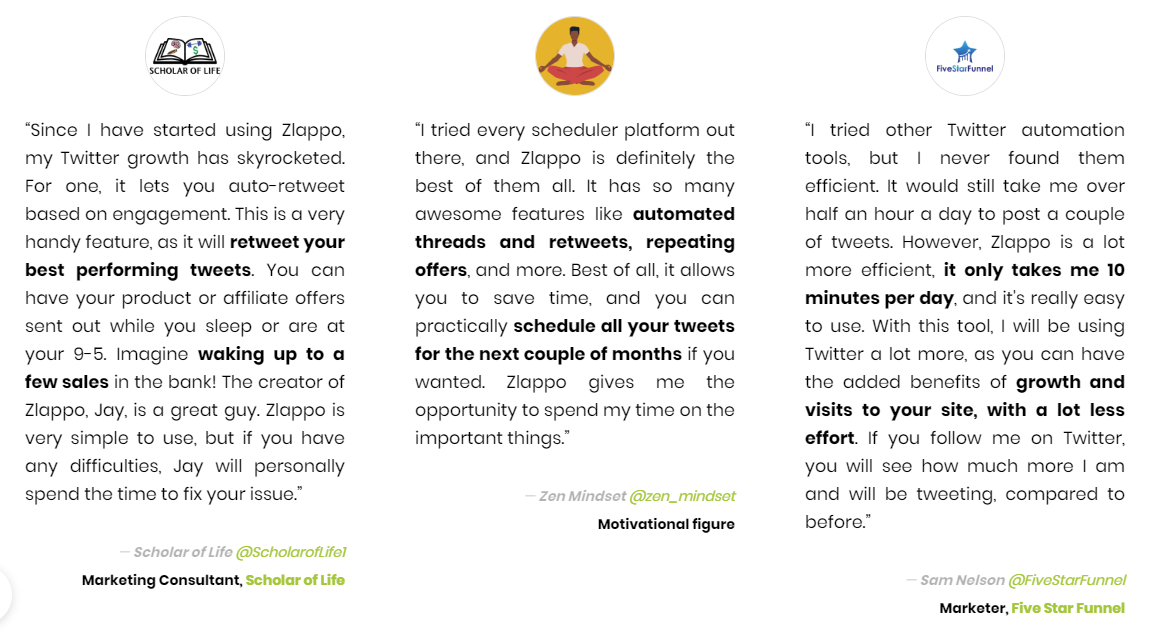
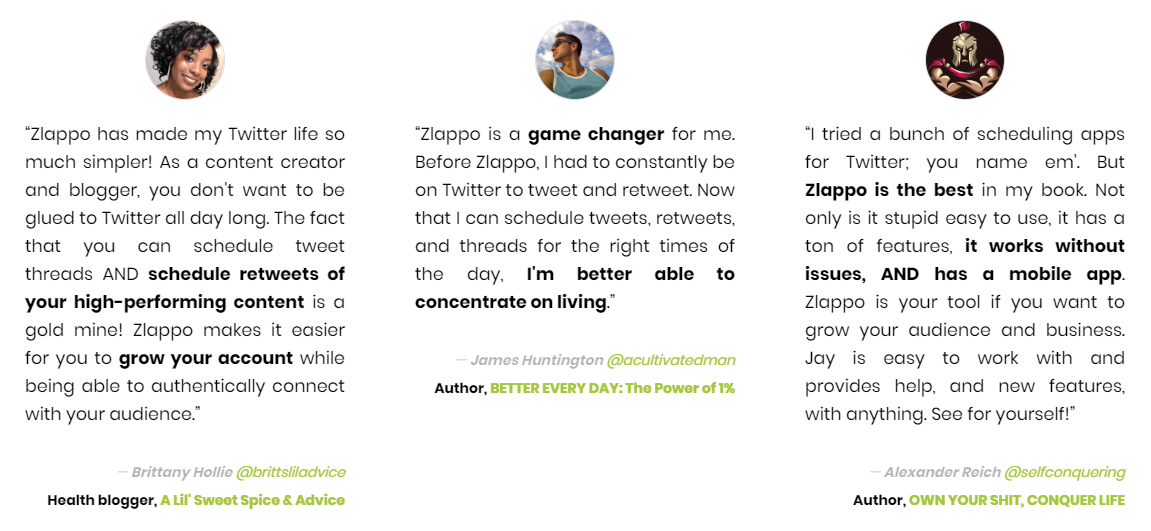
Ideally, they should all say different things, including how your product improved their lives, how your customer service is a cut above the rest, how you offer the best bang for the buck in the market, etc.
Pour conclure
Business is about trust -- no two ways about it.
People have to not only trust that you're a straight shooter but also that you're capable of delivering what you said you would do.
Your job is to build that trust and whittle away any buying friction or subconscious psychological barrier that leads to distrust.
Put your face out there. Show goodwill first before you expect goodwill out of others. Provide ample value upfront, charge later. Respect the customer's time enough not to argue with them.
At the end of the day, if you're new on the scene, and people don't know you well enough yet, you have to earn their trust before you can make the sale.
So go earn that trust now.
About the Author

Follow @therealjayber
Let's stay in touch, subscribe to my newsletter! 👇👇👇
Exclusive weekly email on: business musings, personal anecdotes, general self-improvement 💪

